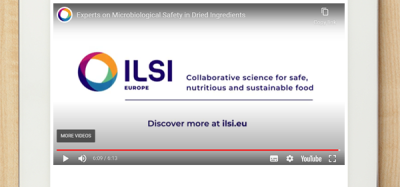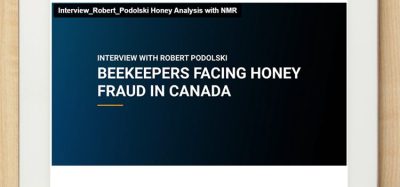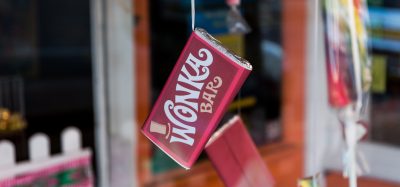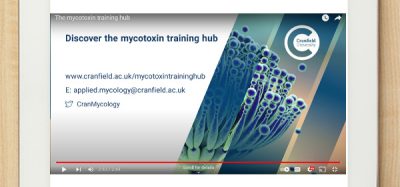Food manufacturers inconsistent in assessing vulnerability in their supply chain
- Like
- Digg
- Del
- Tumblr
- VKontakte
- Buffer
- Love This
- Odnoklassniki
- Meneame
- Blogger
- Amazon
- Yahoo Mail
- Gmail
- AOL
- Newsvine
- HackerNews
- Evernote
- MySpace
- Mail.ru
- Viadeo
- Line
- Comments
- Yummly
- SMS
- Viber
- Telegram
- Subscribe
- Skype
- Facebook Messenger
- Kakao
- LiveJournal
- Yammer
- Edgar
- Fintel
- Mix
- Instapaper
- Copy Link
Posted: 24 July 2015 | Victoria White | No comments yet
Many food manufacturers are not yet up to speed with vulnerability assessments of their supply chain and lack consistency in the assessments being undertaken…
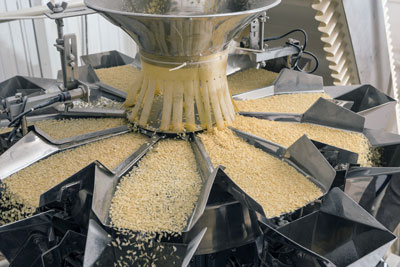

Leading BRC auditor Cert ID has warned that many food manufacturers are not yet up to speed with vulnerability assessments and lack consistency in the type and scope of assessments being undertaken.
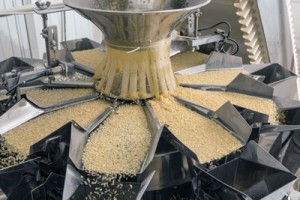

“Food manufacturers are expected to assess their management of ‘vulnerable areas’ within their supply chain to identify potential food fraud ‘hotspots’. With no coherent format nor approach to vulnerability assessments permits each supplier to ‘do their own thing’ ; the lack of consistency adds up to a major headache for retailers trying to de-risk their business,” explains Richard Werran Managing Director of Cert ID.
To tackle inconsistencies, Cert ID’s sister company FoodChain ID has launched a new system which provides food manufacturers and ingredient suppliers with the means to complete an online vulnerability assessment and have it independently assessed. This greatly assists manufacturers, brands and retailers to ‘join vulnerability dots’ and measure their degree of potential exposure. The VAPor programme assesses the information and research that a company has carried out with regard to ‘intrinsic vulnerability’ (vulnerability from within the business) and ‘extrinsic vulnerability’ (vulnerability as a result of external impacts such as supply base and raw materials used).
VAPor helps identify weak sports in the supply chain
VAPor was crafted by former enforcement officers, food safety and food technology professionals with expert knowledge and experience of food production and supply chains. Through a series of questions and evidence submissions, Foodchain ID’s team of experienced vulnerability and identity preservation experts, review the information submitted against set criteria, allocate a score based on expectation and give a total percentage indicating the risk that the raw material, supplier and business poses. Feedback is provided online which allows participants to use VAPor as a continual improvement process.
VAPor creates an independent picture of the complete supply chain so enabling manufacturers to demonstrate transparency and inspire confidence in both customers and end users.
Richard Werran concludes, “VAPor has been created to identify potential weak spots in the supply chain so that food companies can build defences against criminals. Just as you would add an alarm to your home to deter a burglar, VAPor works in the same way. It makes things difficult for the food fraudster and as a result, they will go elsewhere.”



